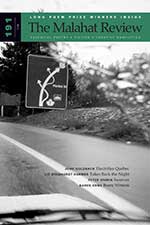Able Muse is pleased to announce the winners of the Write Prize for poetry & fiction. The winning writer and the winning poet will each receive a $500 prize.
Write Prize for Fiction
Final Judge: Eugenia Kim
Winner: Andrea Witzke Slot – “After Reading the News Story of a Woman Who Attempted to Carry Her Dead Baby onto an Airplane”
Here is what Eugenia Kim has to say about Andrea Witzke Slot’s winning story: The first line of this story presents a character, setting and situation with a rare and satisfying command of storytelling. Using perfect details balanced against rapid pacing, the voice of this writing has an air of stern and simple elegance, and reveals how the narrator’s experience of a newspaper story becomes a parallel challenge to her own ambivalence about motherhood and love. In the way that great stories open larger questions, within its brief timeframe this story questions culture and society, and how we are so quick and sure to judge the tragedies of others, yet with less capacity to examine the perils in our own judgments.
Honorable Mention
James Cooper – “Strangers on a Cliff”
Albert Liau – “With the Clarity of Hindsight”
Shortlist
Scott Sharpe – “Dance Among the Dogwoods”
* * * *
Write Prize for Poetry
Final Judge: H.L. Hix
Winner: Elise Hempel – “Cathedral Peppersauce”
Here is what H.L. Hix has to say about Elise Hempel’s winning poem: The formal qualities of “Cathedral Peppersauce” are elegant: slant rhymes throughout, until the final couplet clicks the poem closed with a perfect rhyme. Even more elegant, though, is the poem’s way of grasping the beauty of its subject, by looking simultaneously at the bottle and through it into history, from which it recuperates, through sympathy and particularity, a life lost long ago.
Finalists
Elise Hempel – “Jockey”
Jeanne Wagner – “On Watching a Cascade Commercial”
Shortlist
Jim Bartruff – “Meditation on the Wake of the Winslow Ferry”
Midge Goldberg – “On Learning the Harvest Moon Is an Optical Illusion”
Trish Lindsey Jaggers – “Jaybirds Feeding on Robins”
Miriam O’Neal – “Bottle Journal ? Meditation on Transformation”
Gabriel Spera – “Blessed”
Marty Steyer – “The King of Lightning”
M.K. Sukach – “About an Alligator”
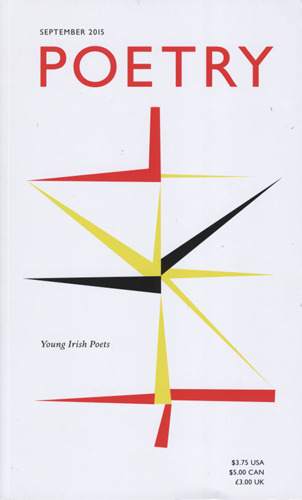 Poetry’s September 2015 issue celebrates Young Irish Poets, the first Irish-themed issue in twenty years. Editor Patrick Cotter reveals a note about the last Irish issue:
Poetry’s September 2015 issue celebrates Young Irish Poets, the first Irish-themed issue in twenty years. Editor Patrick Cotter reveals a note about the last Irish issue: 
 The
The  First place: Caleb Leisure [pictured], of Martinez, CA, wins $2500 for “Atlantic on Sunday.” His story will be published in Issue 97 of Glimmer Train Stories.
First place: Caleb Leisure [pictured], of Martinez, CA, wins $2500 for “Atlantic on Sunday.” His story will be published in Issue 97 of Glimmer Train Stories.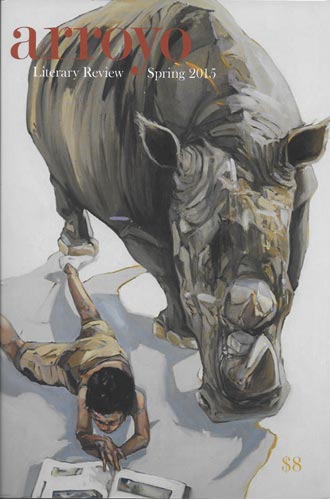 Arroyo presents their first drama piece in their Spring 2015 issue: “Creation of Myself” written by the Costa Rican epic poet, Eunice Odio, and translated by Keith Ekiss. From The Fire’s Journey, a four-part epic poem, the selection follows poet-hero Ion as he prepares to enter the world.
Arroyo presents their first drama piece in their Spring 2015 issue: “Creation of Myself” written by the Costa Rican epic poet, Eunice Odio, and translated by Keith Ekiss. From The Fire’s Journey, a four-part epic poem, the selection follows poet-hero Ion as he prepares to enter the world.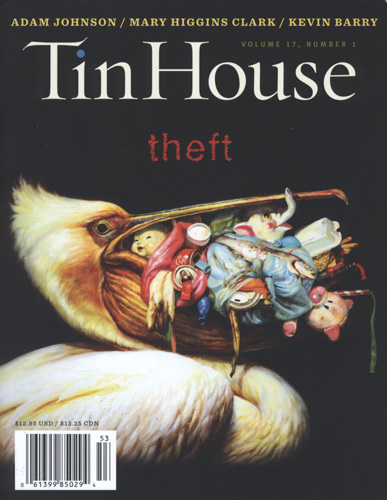 The newest issue of Tin House focuses on the theme of Theft. Kevin Young “looks at how thievery is done well (Bob Dylan) and not so well (Jonah Lehrer).” Mary Ruefle and Erika Metiner take and take apart writing in their erasure poetry and Sarah Dohrmann revisits the 1982 kidnapping of John David Gosch.
The newest issue of Tin House focuses on the theme of Theft. Kevin Young “looks at how thievery is done well (Bob Dylan) and not so well (Jonah Lehrer).” Mary Ruefle and Erika Metiner take and take apart writing in their erasure poetry and Sarah Dohrmann revisits the 1982 kidnapping of John David Gosch.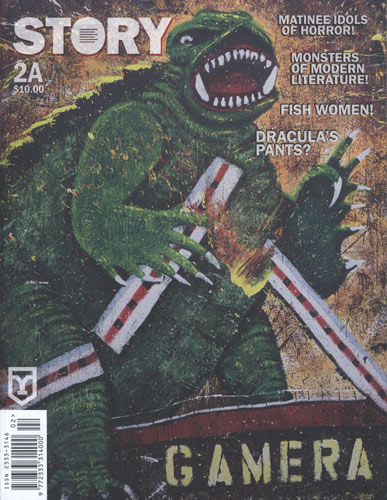 Story’s second print issue is themed “The Monsters.” The double-sided issue feels like a literary preparation for Halloween, from Lincoln Michel’s horror-ified authors and Dorothy Tse’s “Woman Fish” on Side A, to the Tastoane masks of Corinne Lee’s essay “Kissing the Monster” on Side B.
Story’s second print issue is themed “The Monsters.” The double-sided issue feels like a literary preparation for Halloween, from Lincoln Michel’s horror-ified authors and Dorothy Tse’s “Woman Fish” on Side A, to the Tastoane masks of Corinne Lee’s essay “Kissing the Monster” on Side B.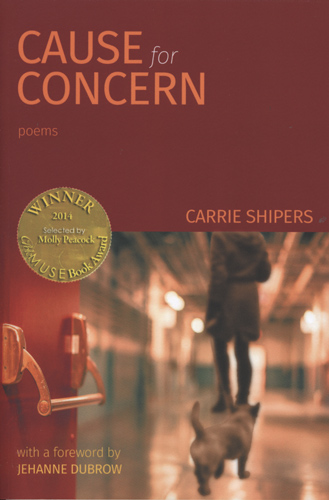 Winner of the 2014 Able Muse Book Award, Cause for Concern by Carrie Shipers is now available. From the publisher’s website: “Full of incisive meditations on frailties and fortitude often delivered with visceral honesty, Cause for Concern is spellbinding from start to finish.”
Winner of the 2014 Able Muse Book Award, Cause for Concern by Carrie Shipers is now available. From the publisher’s website: “Full of incisive meditations on frailties and fortitude often delivered with visceral honesty, Cause for Concern is spellbinding from start to finish.” 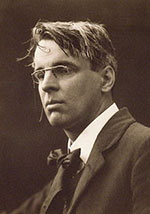 It’s a great time for fans of Yeats to plan a visit to Ireland as 2016 marks the centenary of
It’s a great time for fans of Yeats to plan a visit to Ireland as 2016 marks the centenary of 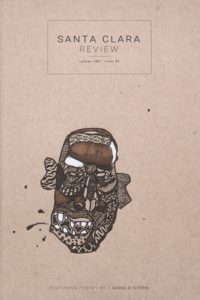
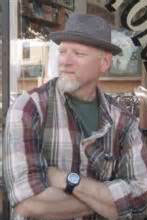 The 2015 annual issue of
The 2015 annual issue of 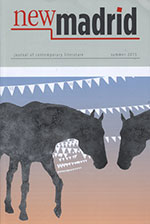 Happy 10th Anniversary to
Happy 10th Anniversary to 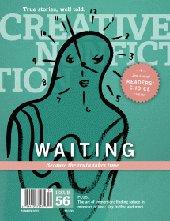 Issue 59 of
Issue 59 of 